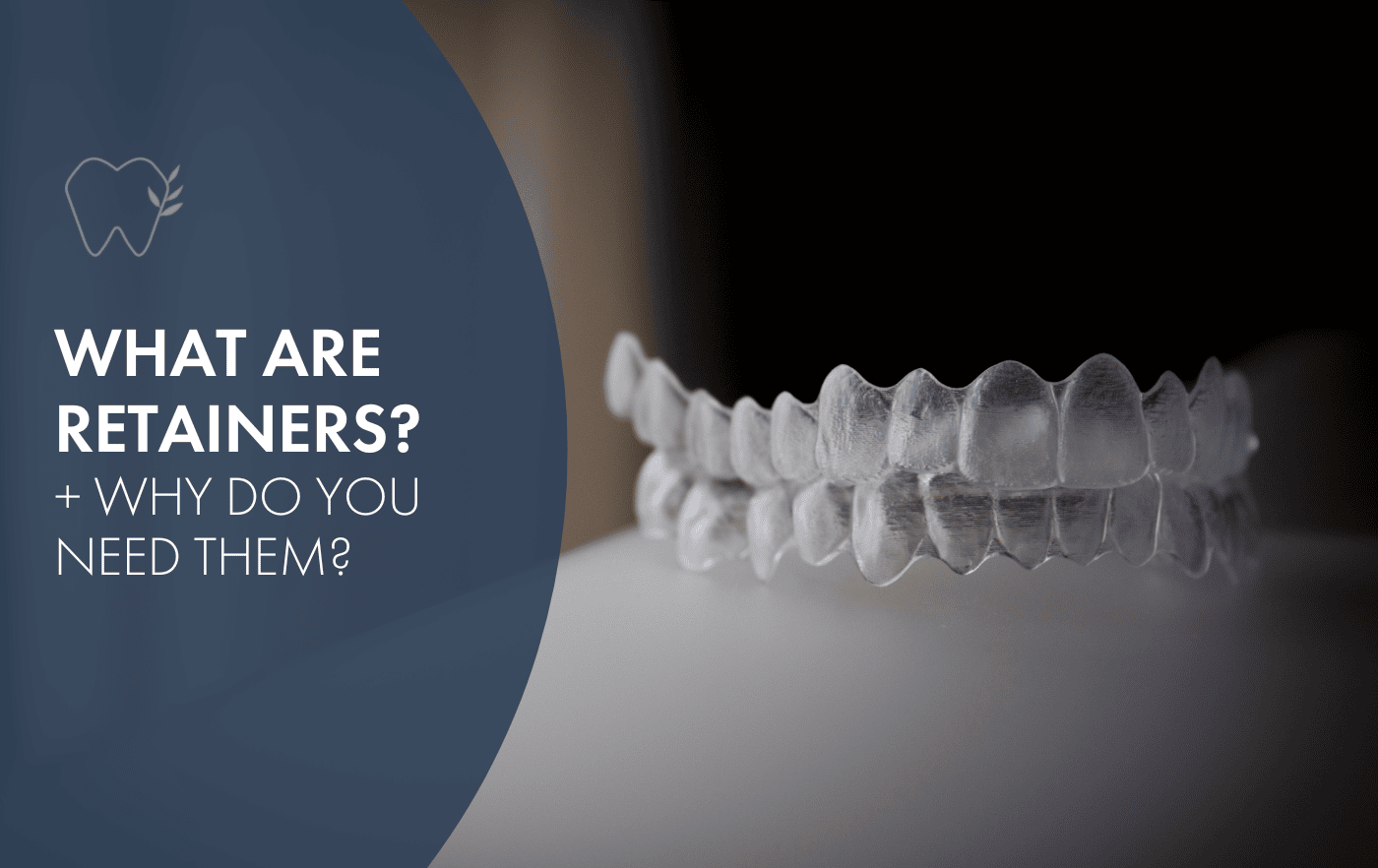
Porcelain vs Composite Veneers: Which is better?
If you are looking to improve the aesthetics of your teeth and have a more confident smile, choosing to have dental veneers might be the perfect option. We have helped many patients achieve brighter, straighter, whiter and more aesthetic smiles with dental veneers. One of the important first steps in planning for your veneer treatment is determining which type of veneer is right for you.
The two most popular types are porcelain vs composite resin veneers. Both options are very effective depending on your specific circumstances and the factors that are most important to you (e.g. your current oral health status, cost, durability etc).
Today, let’s learn more about the differences between these two main types of veneers. But first….
What are veneers?
A veneer is a thin layer of material that a dentist places over a person’s tooth, usually for aesthetic reasons but sometimes to protect teeth from damage such as chipping.
Porcelain veneers are tooth-shaped wafer-thin coverings made from porcelain (as the name suggests) and they are placed on the entire front surface of the teeth. Before placing the veneers, your dentist may need to prepare your existing teeth to create some space for the porclein veneer to fit comfortably over the front surface of the teeth.
Composite veneers are a type of covering made from tooth coloured composite (plastic-based) resin. The composite resin is placed on top of your teeth and is moulded by the dentist to shape them into a more desirable appearance. You do not have to cover the whole tooth with resin, so often compsotie veneers (or bonding) is a better and less invasive treatment to repair minor imperfections or chips.
Who is a good candidate for veneers?
Are you wondering if veneers are the right option for you? In most instances, anybody with good oral health looking to change the appearance of their smile is a suitable candidate for veneers.
Veneers can alter the size, shape, and color of your natural teeth. They can also help address the following dental issues:
- Staining
- Chipping
- Bite issues
- Uneven or narrow smile
- Old fillings and restorations
- Spacing problems
However, there are a few instances where veneers may not work immediately. Instead, you might need some other dental work before getting veneers placed.
Veneers might not work if your teeth are extremely worn down from grinding them since it makes it hard for veneers to stick to the surface of the teeth. Large gaps between your teeth or significant crowding or overlapping would also need to be addressed before being suitable for veneers.
We have helped many patients achieve the smile of their dreams using a combination of treatments including orthodontics (e.g. braces or clear aligners), teeth whitening and dental veeners or composite bonding. Before advising which treatments we believe you are a suitable candidate for, we conduct a thorough assessment and will always present the most suitable options for your unique circumstances.
Differences between porcelain vs composite veneers
Now that we’ve covered the eligibility for getting veneers, let’s discuss the key differences between porcelain and composite veneers and the circumstances you may consider one over the other.
1. Appearance
Porcelain veneers are generally more likely to look like your real teeth. Their translucency gives them a more natural and realistic appearance when compared to their composite counterparts.
But do not worry, thanks to advances in the techniques for composite application, composite veneers have become increasingly realistic and most people will not be able to tell that they’re not your real teeth when applied by an experienced cosmetic dentist.
2. Price
Porcelain veneers cost more than composite veneers for several reasons. Composite veneers are made from resin, which is a more affordable material than porcelain. Porcelain veneers are also more expensive because they are more natural-looking and durable than composite. Though, this doesn’t mean that composite veneers won’t look like your real teeth – when crafted by an experienced dentist they can also result in a beautiful outcome.
Porcelain veneers are hand-crafted by our master ceramist who is involved in the shade and shape selection and smile design. It takes a lot more time and expertise to create and place porcelain veneers and this also contributes to the higher cost of a set of porcelain veneers.
3. Durability
When it comes to durability, porcelain veneers are the clear winners. Porcelain is a far stronger material which means that porcleain veneers have a durability that can extend from 10-15 years if they are properly maintained. On the other hand, composite veneers have a shorter lifespan of around 5 years, but this also depends on whether you take care of them and maintain them.
You will need to be extra cautious with composite veneers due to the higher risk of them getting chipped. Chipped composite veneers can fortunately be repaired and it will be unlikely that anyone will notice! Unfortunately, porcelain do not come with this advantage and would need to be replaced with a brand new set of veneers if the old ones are broken or chipped.
4. Stain Resistance
Porcelain veneers are very resistant to stains and will not turn yellow within a short period. This is mainly because porcelain is a robust material that is resistant to stain-causing substances, like those found in some types of foods and drinks. Composite veneers have a higher likelihood of staining because of their porous nature.
Before having veneers placed using either material, we strongly advise having your teeth professionally whitened to get them to your desired shade, and match your veneers to your brighter shade.
5. Number of Dental Visits
Composite veneers are ideal for a person that is looking for a faster solution. They require minimum reshaping of your existing teeth and minor prep work. This is because composite veneers are directly applied to your teeth rather than being prepared in an offsite dental laboratory. First, the dentist applies the resin to your teeth and then they sculpt it as needed to bring out the desired outcome. Once the application is over, the resin is then polished to have a more natural, tooth-like appearance. This procedure is typically non-invasive and can be performed in one dental visit. Occasionally, there will be a review a few weeks later to ensure they are looking as natural as possible. It is perfect for minor procedures such as fixing a chipped tooth.
Porcelain veneers require at least two visits to the dentist before your new smile is ready to show off to the world. After preparing your teeth at an initial appointment, the veneers are meticulously handcrafted in a dental lab by one of our master ceramists before application. This means you may need to wait a few weeks between appointments as your porcelain veneers are crafted.
Ready to smile confidently again?
At the end of the day, the decision between porcelain vs composite veneers will depend largely on your aesthetic goals, overall oral health and dental anatomy. Choosing the right dentist who can help guide you through this process is as important as the choice of material. At The Grove Dental, we are experts in creating beautiful, natural smiles.
Book a free 15 minute consultation with one of our skilled cosmetic dentists at The Grove Dental today, to find out if you are a suitable candidate for veneers and which veneers work best for you. See you soon!





